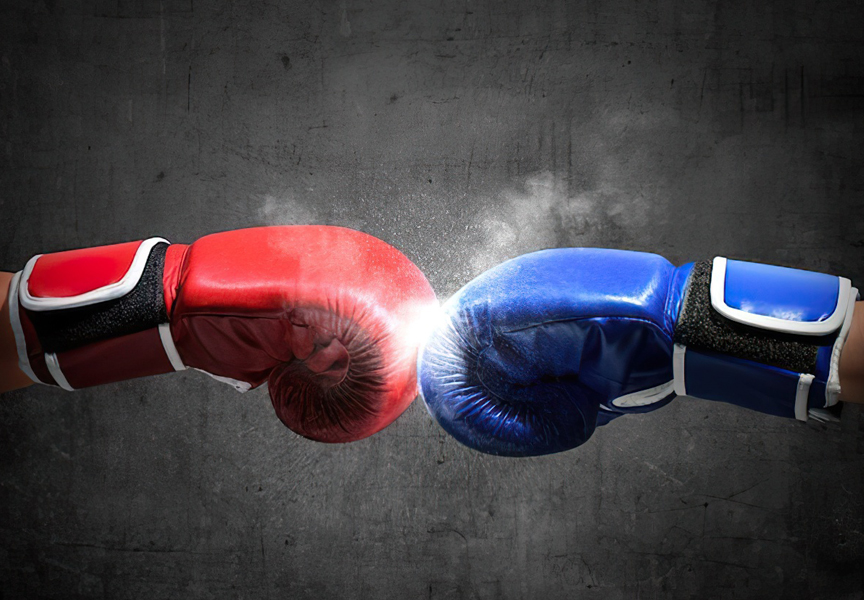Random Free Articles
- The Significance of the Centerline Concept
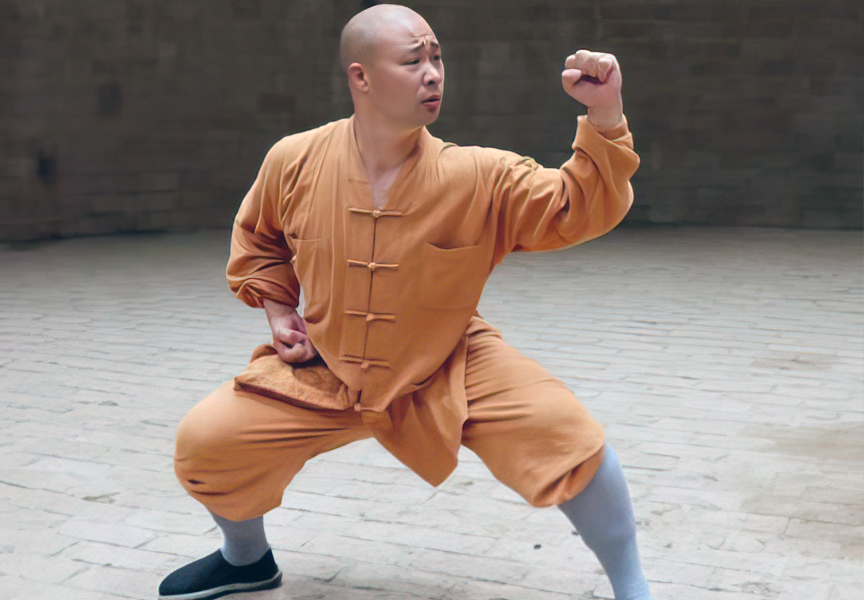
Shaolin Kung Fu, with its roots dating back centuries, is renowned for its dynamic movements, intricate forms, and powerful strikes. Among the many principles that form the foundation of this martial arts system, the concept of the centerline [Chin.: Zhōngxīn xiàn 中心线] stands out as a crucial element. Understanding the centerline is essential for practitioners to harness the full potential of Shaolin Kung Fu and execute its techniques…
- The Mystique of Buddha Palm
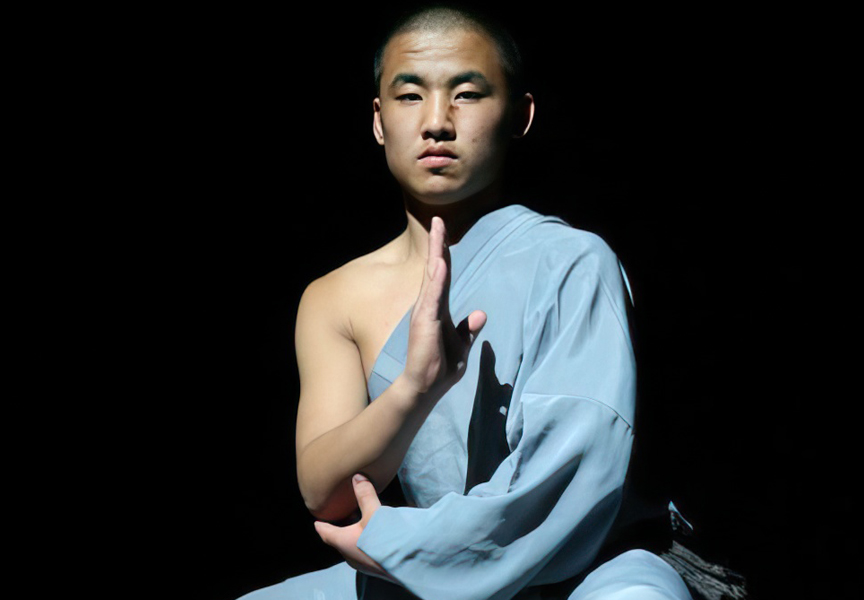
The Lost Art of Shaolin Monks In the annals of martial arts history, few names evoke as much reverence and fascination as Shaolin Kung Fu. Nestled amidst the mist-shrouded peaks of China, the Shaolin Monastery has long been revered as the cradle of martial arts mastery and spiritual enlightenment. Within its hallowed walls, generations of monks honed their bodies and minds, cultivating skills that transcended mere combat prowess. Among the…
- Rouquan Shaolin Internal Exercise
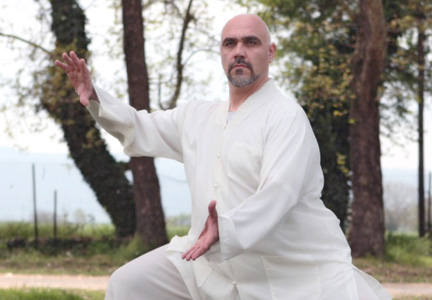
Soft Fist - Rou Quan [Chin.: róuquán 柔拳], is an excellent Shaolin Internal Exercise «Nei Gong» [Chin.: Shàolín nèigōng 少林 內功], which constantly develops human body’s physical and vital energy reserves and in conjunction with the «Five Skills» [Chin.: wǔgōng 五工], allows strides of improvement to anyone who wants to evolve his skills in concentration, balance and deep relaxation. Shaolin Rou Quan addresses to all…
- Chan rejects any written discourse
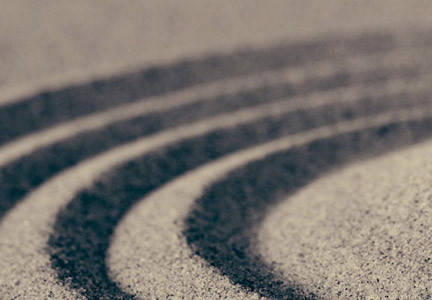
In Chan, there are two specific teachings that even if taken literally , they are well defined and very expressive . One teaches that " The Thorough Examination of the Super - Ego is simply to identify the Buddha Nature " and the other teaches that " The Understanding of Buddha Nature via Sudden Enlightenment is certainly possible. " In reality, however , the clarity and expressiveness of these teachings , cannot be…
- Traditional Greeting
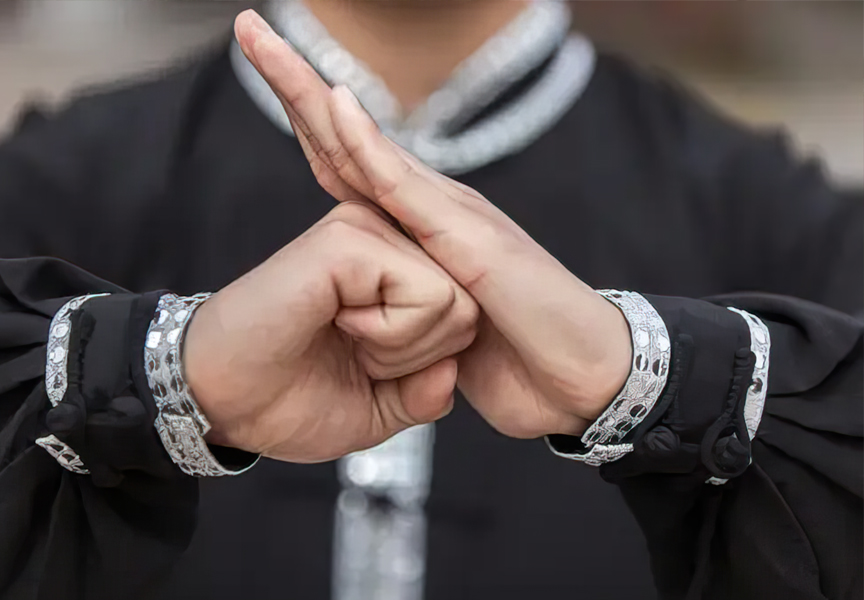
The Art of Respect Chinese martial arts, deeply rooted in a rich history and philosophy, extend beyond physical prowess and combat techniques. A fundamental aspect of this ancient practice is the etiquette and rituals that accompany it. One such tradition is the traditional salute, a symbolic gesture known as Fist Covering Greeting [Chin.: bàoquánlǐ 抱拳禮], Presentation of Respects [Chin.: gǒngshǒulǐ 拱手禮], or simply Salute…

